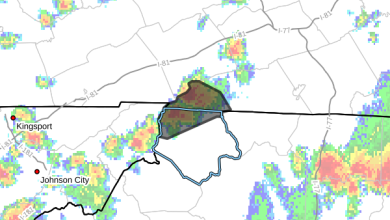Last Updated on January 10, 2017 2:48 pm
CHARLOTTE, N.C. – The New Year began with increased gas prices reaching today's national average of $2.34 per gallon. The national average has moved higher for 34 of the past 35 days, largely due to market reactions to last fall's OPEC deal. Pump prices increased by five cents on the week, by 18 cents per gallon on the month, and are up by 34 cents on the year.
North Carolina's average price of gas is currently $2.26, which is 34 cents higher than last year's average. South Carolina's average is $2.10, and although it is currently the cheapest average in the country it is 36 cents higher than this time last year.
The South remains home to some of the nation's least expensive markets for retail gasoline: South Carolina ($2.10), Alabama ($2.13), Tennessee ($2.13), Mississippi ($2.14), Texas ($2.14), Arkansas ($2.15) and Louisiana ($2.15). The region saw some temporary inventory declines last week due to exports and a power outage at CITGO's Corpus Christi, Texas, refinery that resulted in flaring and excess emissions, according to OPIS.
Moving into 2017, retail prices will continue to hinge on the ability of cartel countries to successfully implement production cuts, but retail averages are likely to increase leading up to the summer driving season as seasonal refinery maintenance gets underway this spring.
Both crude oil benchmarks closed out the year posting the largest annual gains since 2009, with Brent gaining 52 percent and West Texas Intermediate gaining 45 percent to close the year. These gains can largely be attributed to the OPEC agreement, a deal brokered by OPEC and non-OPEC countries to cut crude oil production by 1.8 million barrels per day in an effort to rebalance the global oil supply. Additionally, as 2016 came to a close, U.S. gasoline production reached a record high of 10.537 million bbl for the last week in December. Typically, domestic demand falls in January so higher gasoline production may lead to a stock build in the coming weeks and could have a bearish market impact on gasoline. In 2017, traders will continue to monitor whether participating countries adhere to the OPEC agreement and the rate at which U.S. gasoline production increases. At the close of formal trading session on December 30 on the NYMEX, WTI closed out the year down five cents to settle at $53.72 per barrel.















